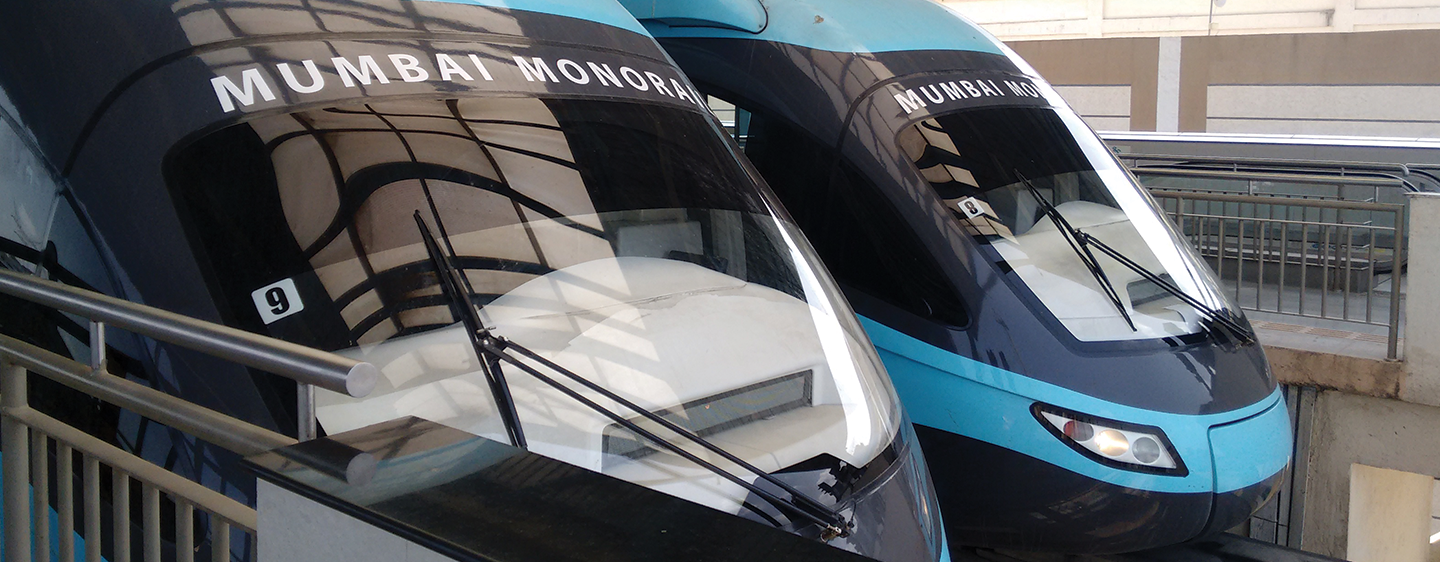Mumbai monorail is the first monorail service in India. But was it required? In just four years it has been marred by a variety of issues!
Mumbai monorail is the first monorail service in India. It became operational in February 2014 and runs from Chembur to Wadala covering nine kilometres. Four years on and the monorail is facing a variety of issues including frequent breakdowns, delays, signal failure and jamming of doors. In November 2017, two coaches of the monorail caught fire. The government has also floated multiple tenders for a new operator but could not find a single bidder.
As per a recent RTI, the Monorail corridor is facing an average loss of ₹ 3 lakh per day. This amounts to an average annual loss of over ₹ 10 crore. The total revenue generated by the Chembur-Wadala corridor in the financial year of 2016-2017 was ₹ 4 crore 12 lakh while the total expenses incurred in running the service was about ₹ 14 crore. The officials claim that the monorail caters to an average ridership of about 18,000 passengers per day. However, the experts have termed the project “a joyride for citizens on the weekends”.
Residents living around the monorail have claimed that the route is a flop idea since there are hardly any commercial and residential buildings along the route. According to transport expert Jitendra Gupta, the Monorail route between Wadala and Chembur was selected because it was easy to construct as the area had no obstructions. “The line will be useless as there will be hardly any commuters on this corridor. The MMRDA should have considered constructing along arterial roads such SV Road, which would have helped reduce the pressure on the suburban railways network,” said Mr. Gupta in 2012.
‘Easier to construct’ should never be a sufficient metric for deciding where to build important public infrastructure. Total cost incurred on the project was about ₹ 3000 crore. Every Mumbaikar paid an average of ₹ 1630 towards the project.
This monorail is a big white elephant in the middle of India’s financial capital. Instead of wasting taxpayers’ money on services that are not really needed, the government must channel its time and precious resources towards maintaining the existing infrastructure. Supply of public goods like monorail should be matched with the demand. For instance, the metro line from Ghatkopar to Versova has high ridership since it is planned along the routes of offices and residences. Such projects should be implemented in areas where people indeed use it, rather than at places where it is convenient for bureaucrats to build it.
READ MORE – RTI Act – Is this the best we can do?
